Autophagy: Lower Eukaryotes and Non-Mammalian Systems, Part A
This is the companion volume to Daniel Klionsky Autophagy: Lower Eukaryotes, which features the basic methods in autophagy covering yeasts and alternative fungi. Klionsky is one of the leading authorities in the field. He is the editor-in-chief of Autophagy. The November 2007 issue of Nature Reviews highlighted his article, utophagy: from phenomenology to molecular understanding in less than a decade.聰 He is currently editing guidelines for the field, with 230 contributing authors that will publish in Autophagy.Particularly in times of stress, like starvation and disease, higher organisms have an internal mechanism in their cells for chewing up and recycling parts of themselves. The process of internal ouse-cleaning聰 in the cell is called autophagy literally self-eating. Breakthroughs in understanding the molecular basis of autophagy came after the cloning of ATG1 in yeast. These ATG genes in yeast were the stepping stones to the explosion of research into the molecular analysis of autophagy in higher eukaryotes. In the future, this research will help to design clinical approaches that can turn on autophagy and halt tumor growth.*Establishes the functional roles of specific cellular proteins in selective and nonselective autophagy in mammalian cells, which aides researchers in determining why autophagy is shut down in neoplastia (growth of abnormal tissue mass) and turned on during bacterial invasion *Includes methods to evaluate the role of autophagy in the drug-induced cell death of cancer cells in culture, which helps researchers design clinical approaches that can turn on autophagy and halt tumor growth*Covers higher eukaryotes including lifespan in C.elegans to marine organisms and bridging into the clinical aspects, including autophagy in chronic myelogenous leukemia (CML is one of four types of leukemia), lung cancer, prostate cancer, and cardiac cells.
{{comment.content}}

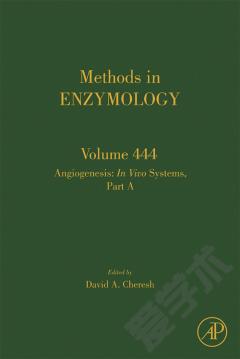
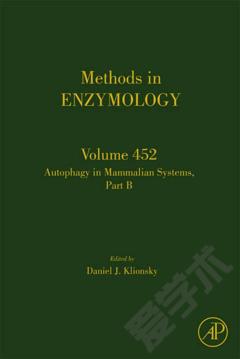
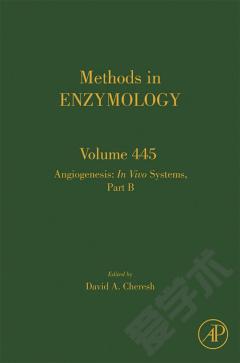

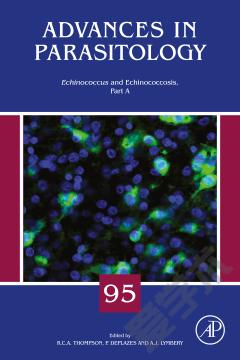
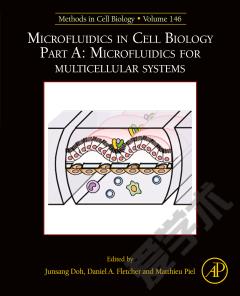

 京公网安备 11010802027623号
京公网安备 11010802027623号